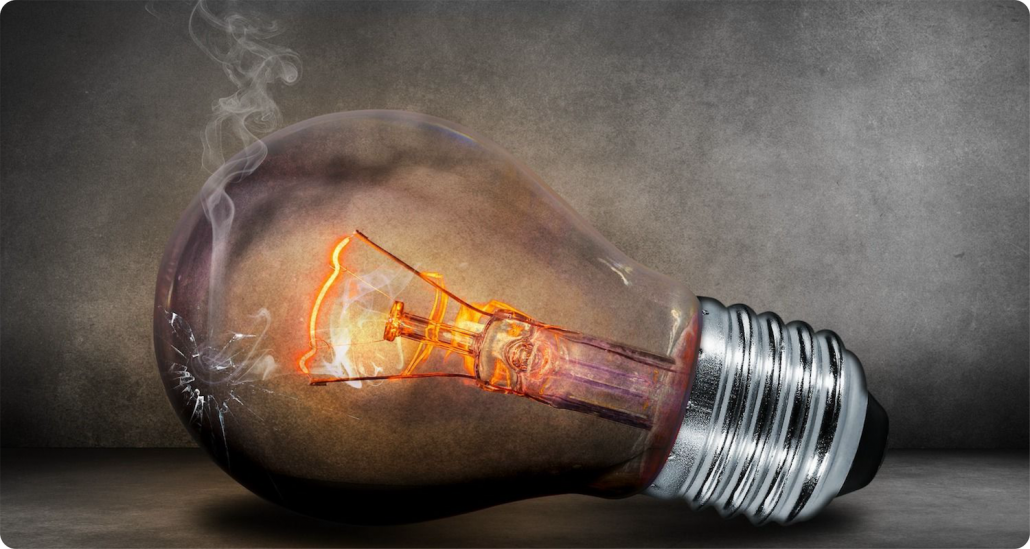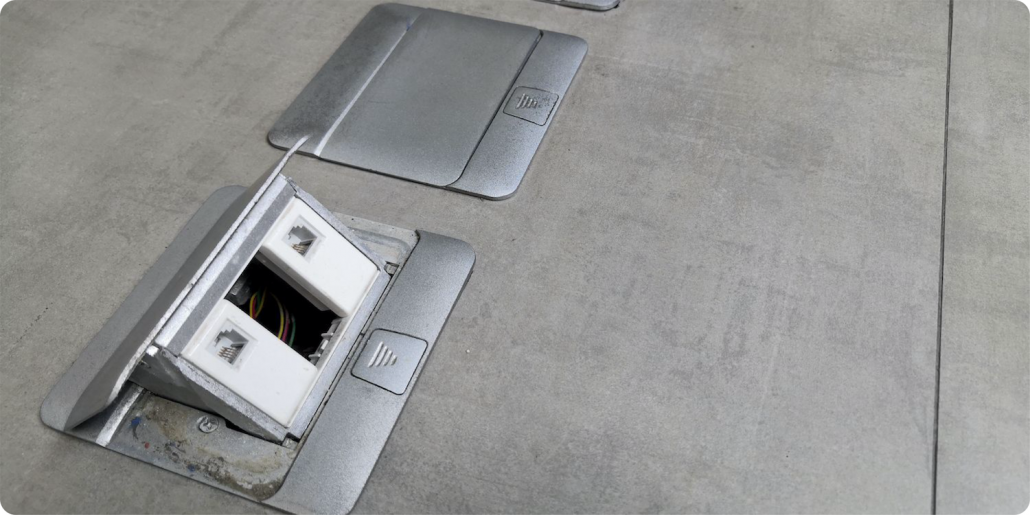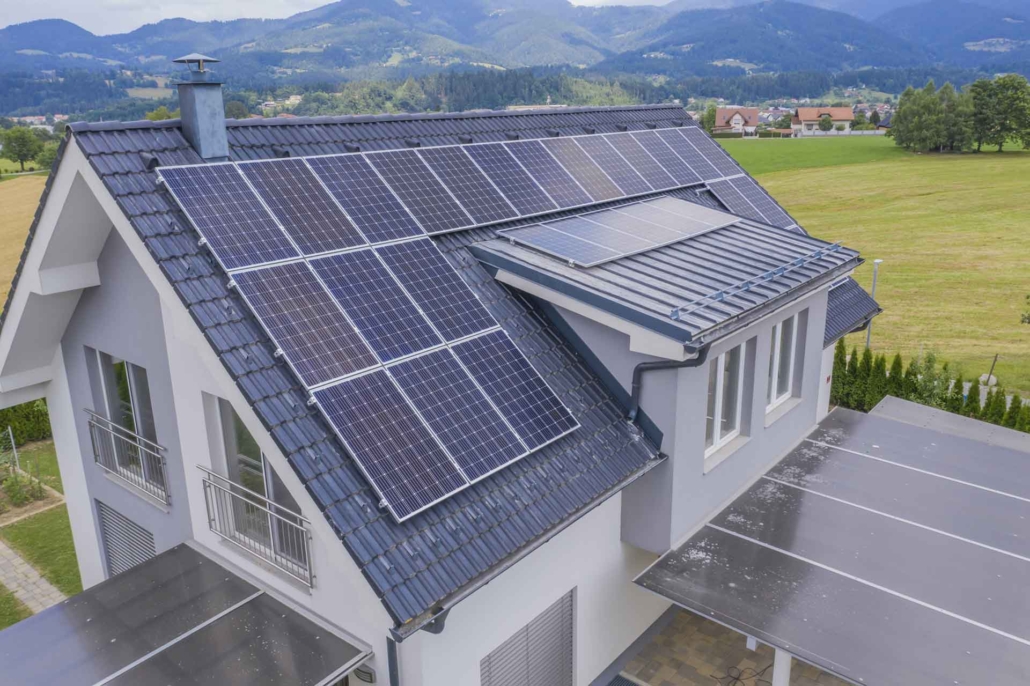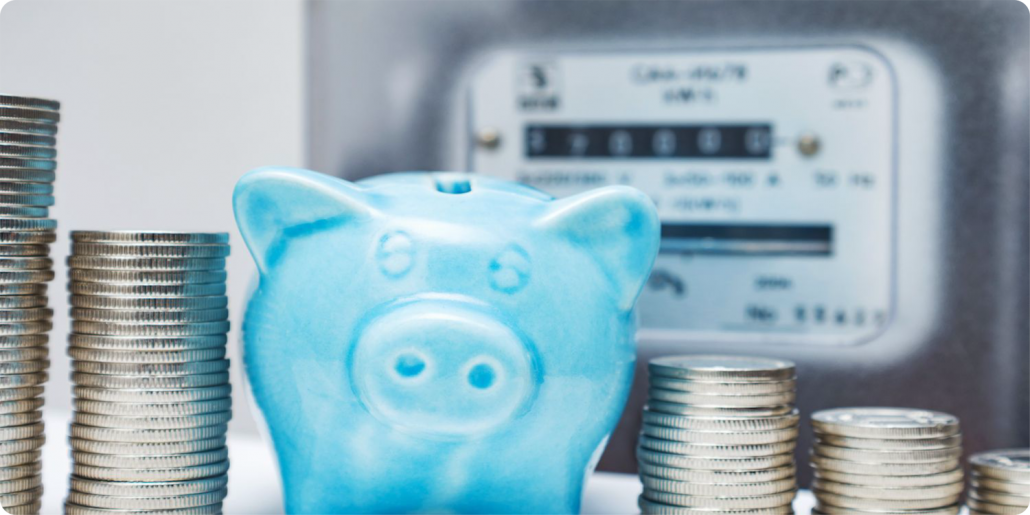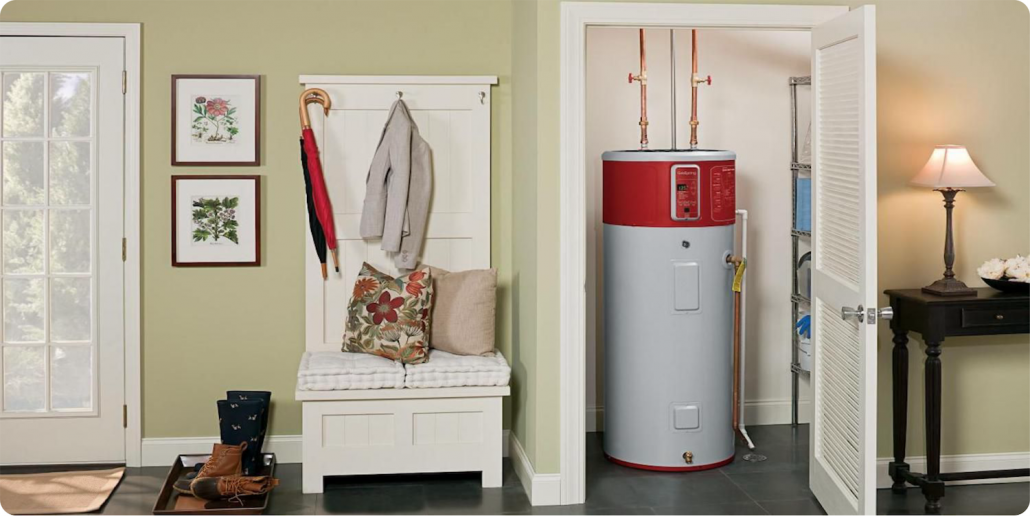May 17, 2021 | Cristina Dinulescu
Living in quarantine for the past year and spending more and more time at home has made all of us take a deeper look at our homes. It has also made many people more aware of the extra electricity consumed, whether it was using lights more, doing laundry more often or cooking at home all the time. But you can learn how to save on the electric bill.
One could literally say that keeping the lights on is not cheap, let alone all the other appliances. The Energy Department states that a typical household in the US spends over $2,000 a year on energy bills.
Most of it goes into heating & cooling, followed by the use of electronics. However, there are many tweaks you can make to your usage so if you want to learn how to save on the electric bill, read on. Some of these tips and tricks can help lower your energy bill with as much as 25%.
1. Get an Energy Audit
There are some utility companies that offer free energy audits to household customers, so check with your provider to see if that’s the case. Even if it’s not, a home energy audit is worth investing in, because it will give you valuable information about any areas where you may save energy.
The energy audit will not only help you identify any additional ways to save on your electric bill, but will also point out areas of concern, such as whether you’re losing energy anywhere or not.
2. Get Rid of Phantom Loads
Any quick research you do about how to save on electric bill will reveal phantom loads. You might not be aware, but 75% of the energy used by your appliances and electronic devices is used when they’re off. This is called phantom load and it applies to TVs, computers, sound systems, as well as many kitchen appliances.
In order to get rid of phantom loads or reduce the amount of energy consumed, you can plug all of these appliances and devices into power strips. Then, simply turn off the strips when you’re not using them.
3. Reduce Heating & Cooling Costs
As mentioned above, heating & cooling bear the biggest percentage when it comes to power usage and energy bills. Therefore, this is one of the best places to start when looking for cost-cutting opportunities. Here are a few things you can do to reduce heating and cooling costs:
- Make sure windows and doors are properly sealed – poorly sealed doors and windows will let energy seep out, which means you’ll use more power to keep a room warm during the winter, or cool during the summer. The same applies to appliances doors, such as your fridge or freezer, which need to be properly sealed in order to keep the cold air in.
- Fix any ductwork issues – if you have any leaks in heating, ventilation or AC ducts, then your heating and cooling system will not operate efficiently.
- Adjust the thermostat – many people leave the thermostat set at the same temperature all the time, but you can save up to 10% of your yearly costs on heating and cooling by turning it down 10-15 degrees when you’re away from home or during the night. Smart thermostats can be programmed to do this work for you.
4. Fill Up Your Fridge and Freezer
Keeping your fridge door closed and making sure it’s properly sealed can definitely help save on utility bills. But did you know keeping your fridge and freezer full can also help? This is because food can act as an insulation, therefore it reduces the amount of time that your fridge needs to run in order to stay cool.
Another thing you can do is adjust the temperature in both your fridge and freezer. Ideally, you’d set your refrigerator to 38 degrees, and your freezer between 0 and 5 degrees. It’s enough to keep the food fresh, while also not putting too much strain on the appliances to work in order to maintain the temperature.
5. Manage Water Properly
After heating and cooling, hot water is another large expense when it comes to energy bills. Cutting back on hot water usage can help you save significantly on energy, and therefore utility bills. Here are a few tips on how to reduce usage or manage hot water properly:
- Trim your shower time: you don’t have to completely rush through your showers, but shaving 2 minutes off can reduce hot water usage by 5 gallons;
- Use efficient showeheads: replacing your showerhead with an efficient one can also help reduce hot water usage, and quite significantly. Certified products that meet the efficiency criteria can reduce usage by 2,700 gallons per year;
- Fix leaks: if you have faucets that drip, it’s not just an annoyance, it’s also wasteful. It can add up to gallons of water every year;
- Adjust the temperature: the water heaters typically have a default temperature, which is set at 140 degrees. If you lower it to even 120 degrees, you can save up to 10% on heating costs. You can also turn it to minimum if you’re going out of town.
6. Upgrade Your Appliances
Old appliances use more energy and can increase your utility bills. If your fridge, washer or dryer are 10 years old or more, then you should consider replacing them with newer, Energy Star models, as these use significantly less power.
Let’s take a dishwasher, for example. An Energy Star label model uses 3.5 gallons of water or less for every cycle, which is considerably less than older models, which can use more than 10 gallons. If you are thinking of replacing old appliances, start with the ones that you use most often, such as the fridge, HVAC system, water heater, etc.
7. Keep Your Lights in Check
Although lights are not necessarily a big consumer, the energy used can certainly add up if you always keep your lights on, especially if they’re full on. There’s several things you can do to keep your lights in check, such as installing dimmer switches or switching to LEDs. Dimmer switches will allow you to only use as much light as you need, while LED lights use 90% less energy than incandescent bulbs.

